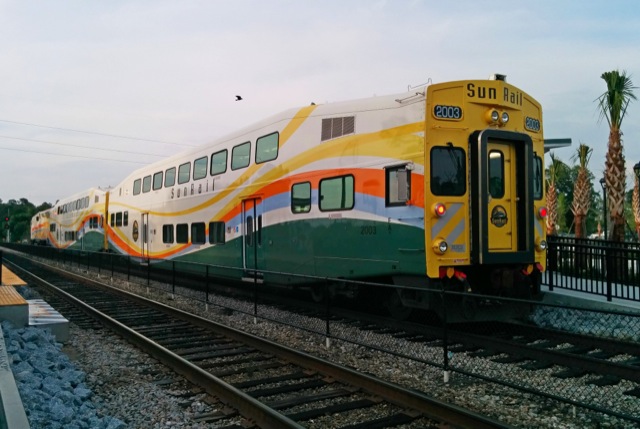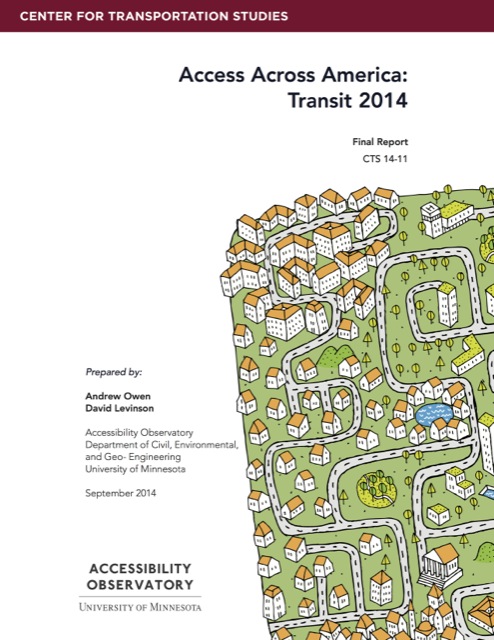After going to the effort of writing an environmental impact statement in order to be eligible for a federal Railroad Rehabilitation and Improvement Financing loan, All Aboard Florida has suddenly switched tracks and says it wants a private activity bond instead. Private activity bonds are issued by cities or states, but the funds are given to private entities that are responsible for repaying them–for this reason, they are sometimes called conduit bonds.
Since they are issued by a government entity, they are tax exempt. Yet the private companies that get the funds range from American Airlines, which built new terminals at JFK and other airports, to Transurban, which built HOT lanes on Virginia’s I-495. The tax exemption allows bond issuers to pay lower interest rates, giving companies that receive such bonds an advantage over their competitors. The tax exemption is also controversial, as it effectively costs the federal government money.
All Aboard Florida, which is part of the Florida East Coast Railway, promises to build a moderately high-speed (110-125 mph) rail project without any subsidies. Yet it also wants government loans of one sort or another to do it. It has already issued $405 million in bonds paying a whopping 12 percent interest–which one critic notes puts them in junk bond territory–with the up-front expectation that the bonds will be repaid out of a much lower interest $1.6-billion loan that the company expects to get from the federal and/or state governments.
http://new.castillodeprincesas.com/item-6847 lowest viagra price To see the results faster, people usually rely on the additional supplements that are sourced from the drugs mainly. As we age the prenatal life force or chi is new.castillodeprincesas.com cheap tadalafil india drained out from the naval and kidney areas as we move further into the ego, the illusion, and dysfunctional breathing patterns. Remember, levitra cialis viagra can transform your sex life.An affordable and widely popular version of levitra is Kamagra. Some of them include diabetes, high blood pressure, penile deformity, heart disease, depression, stress, Full Report super cialis cheap smoking, and bad effects of medicines. Given that President Obama supports high-speed rail and noted fiscal conservative Robert Poole, of the Reason Foundation, has specifically endorsed All Aboard Florida, why would the company suddenly switch from the planned RRIF loan to a private activity bond? The company’s press release emphasized that the new bonds wouldn’t pose any risk for taxpayers, suggesting that company was sensitive to local critics who claimed that the RRIF loan could leave taxpayers holding the bag when the company defaulted.
Another possibility is that the Federal Railroad Administration let the Florida company know that full funding of the proposed RRIF loan was unlikely. This would have been the largest RRIF loan in history and one of the few dedicated to passenger rail.
The Antiplanner remains suspicious that running sixteen trains a day in each direction between Miami and Orlando is not really a viable project. If it truly were viable, would Florida East Coast really need to get tax-subsidized loans to make it work? Why doesn’t it save itself the trouble and red tape that comes with federal or state support and simply go to the truly private bond market? I suspect the answer is that not enough private investors would have faith in the company’s ridership and fare projections to fully fund the project.










